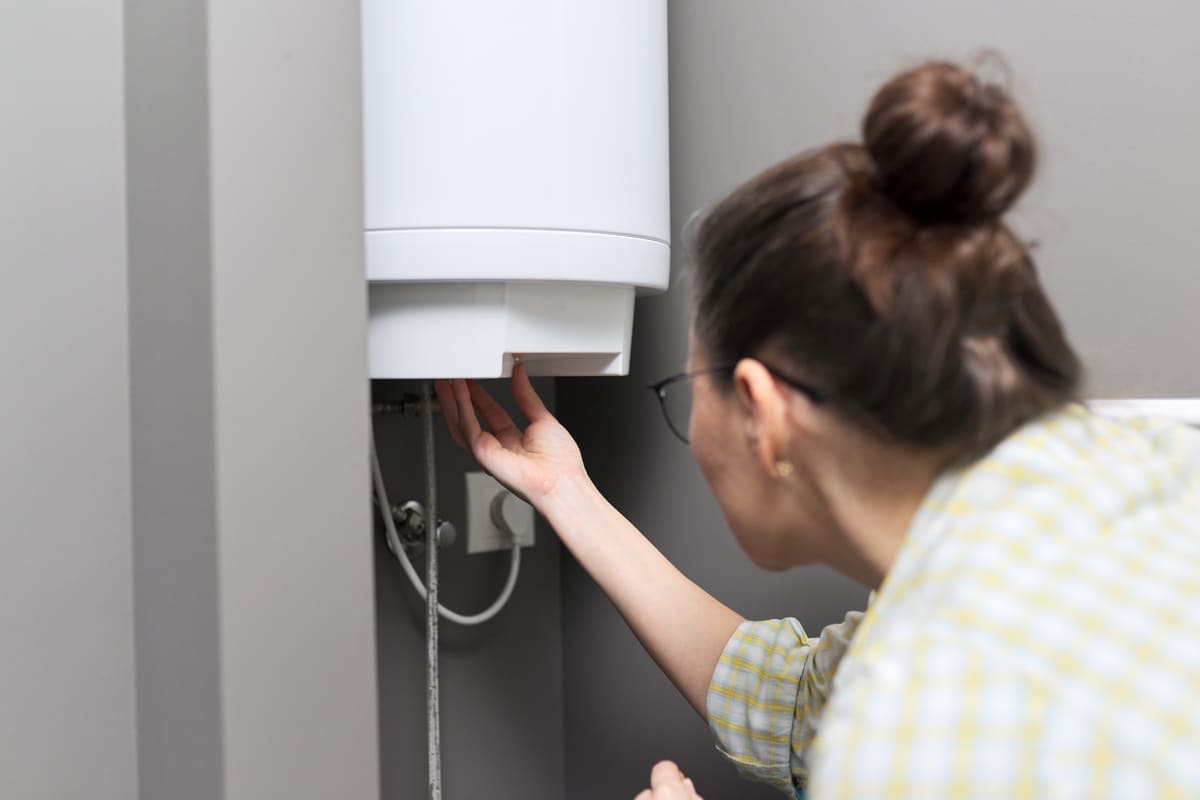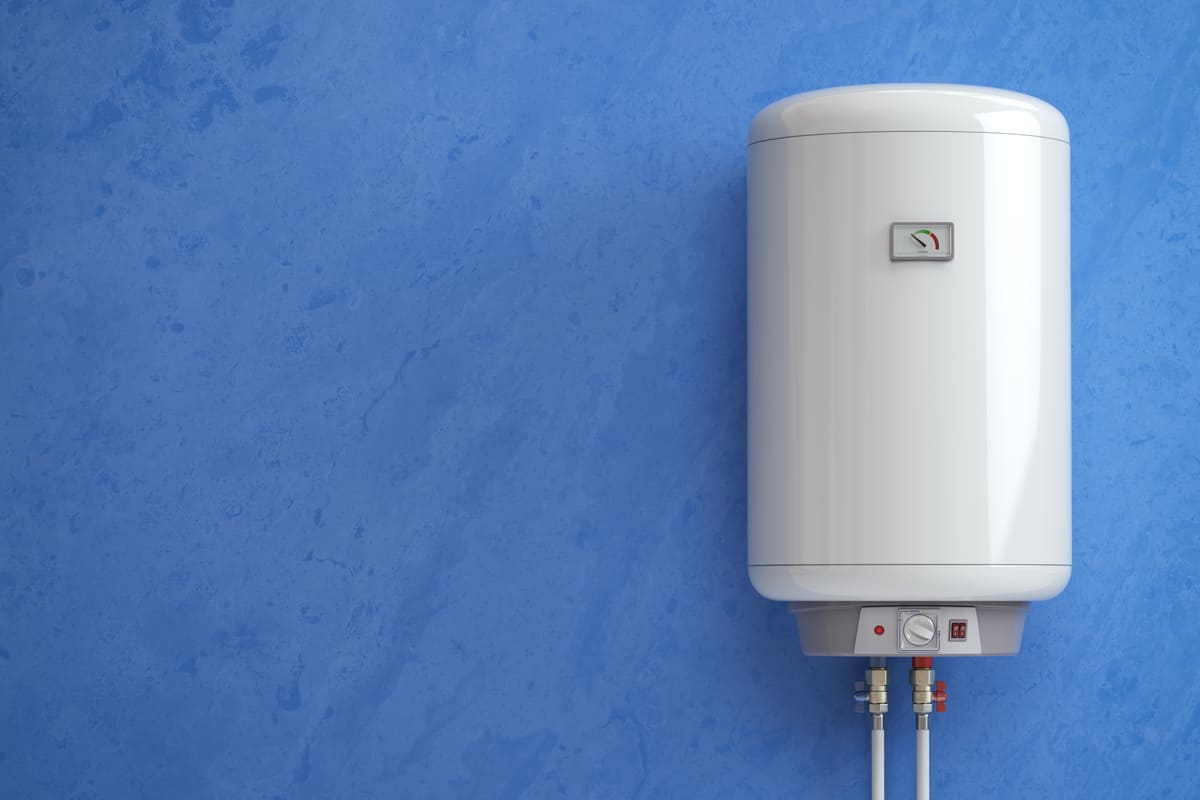Water heaters, or geysers as they are commonly known, play an essential role in our everyday lives, providing us with a steady supply of hot water for cooking, cleaning, and bathing. Understanding how these appliances work is important to make informed decisions about purchasing and troubleshooting potential issues. In this article, we will dive into the basic principles of geysers, the role of heating elements, and the safety features that ensure our comfort and well-being.
Introduction to Geysers
A geyser is a home appliance that heats and stores water until needed. It operates based on the principle of convection, which states that warm fluids rise and cold fluids sink due to differences in density. Geysers are designed with a large tank that fills with cold water, which is then heated using gas or electricity. According to the U.S. Department of Energy, electric geysers are less expensive, while gas models are more efficient in energy usage.
Basic Working Principles of Geysers
The basic working principles of geysers are rooted in the concept of thermodynamics, specifically convection. Here’s a breakdown of the key components involved and how they work together to heat water:
- Tank: This is the primary component of a geyser, which holds the water to be heated. It can typically hold between 30 to 80 gallons of water.
- Cold Water Dip Tube: Cold water enters the geyser through this tube. It delivers the cold water to the bottom of the tank to be heated.
- Heating Element: Electric geysers are equipped with one or two heating elements. These elements are responsible for heating the water. In gas geysers, a gas burner beneath the tank does the job.
- Thermostat: This device maintains the temperature of the water in the tank. It regulates the heating element, turning it on when the water temperature drops and off once the set temperature is reached.
- Hot Water Outlet: As the water gets heated, it rises to the top of the tank. When you turn on the hot water tap, water is drawn from here.
- Drain Valve: Located near the bottom of the tank, it allows for draining the tank for maintenance or replacement.
- Pressure Relief Valve: This safety device releases pressure if it exceeds a safe level inside the tank.
How it works?
When cold water enters the tank via the dip tube, it triggers the thermostat, activating the heating element. The heating element starts to heat the water at the bottom of the tank. As the water heats up, it becomes less dense and rises to the top of the tank.
When you open a hot water tap, the hot water from the top of the tank flows through the hot water outlet. As the hot water leaves, it’s replaced by cold water coming into the bottom of the tank, and the cycle repeats. The thermostat ensures that the water’s temperature remains consistent according to your preference.
The pressure relief valve is critical in maintaining safety by releasing pressure if it builds up beyond a safe level inside the tank.
The Role of Heating Elements in Geysers
Heating elements in geysers play an essential role in the geyser’s functioning. They heat the water to a high temperature, which then dissolves silica. This hot water rises and lines the rock crevices, forming constrictions that help to maintain the pressure within the system. As this superheated water ascends towards the surface, there is a pressure drop. This drop immediately triggers the hot water to flash into steam, causing the geyser to erupt. The heating elements thus not only heat the water but also contribute to the entire geyser eruption process.

Safety Features in Geysers
Geysers have various safety features to prevent overheating, excess pressure buildup, and scalding. Here are some of the most common safety mechanisms found in geysers:
- Temperature and Pressure Relief Valve (T&P Valve): This valve automatically releases excess pressure and heat from the tank if the temperature or pressure becomes dangerously high, preventing potential explosions.
- Thermostat: A thermostat regulates the water temperature in the tank, preventing the water from becoming too hot or too cold.
- High Limit Switch: This switch acts as an extra layer of safety, automatically shutting off power to the heating element if the temperature in the tank exceeds a predetermined limit.
- Anode Rod: The anode rod is a sacrificial element made of magnesium or aluminum, which helps to prevent corrosion inside the tank by attracting corrosive elements in the water.
- Insulation: Modern geysers come with high-quality insulation to minimize heat loss. This ensures efficient operation and prevents accidental burns from touching the geyser’s surface when it’s hot.
- Glass-Lined Tank: Many geysers have tanks lined with a special glass material to prevent rust and corrosion, prolonging the tank’s life and ensuring safe operation.
Conclusion
Understanding the science and mechanics behind your geyser can empower you to make better decisions. It is important to remember that geysers are complicated home appliances and require regular maintenance and servicing for optimal performance. Knowing how to identify potential problems and address them promptly can prevent catastrophic damage to your home. If you have doubts about your geyser system, it is best to call a qualified technician for professional advice.










![Home Renovation Guide [2025]](/app/uploads/2021/04/design-hacks-1-378x300.jpg)
